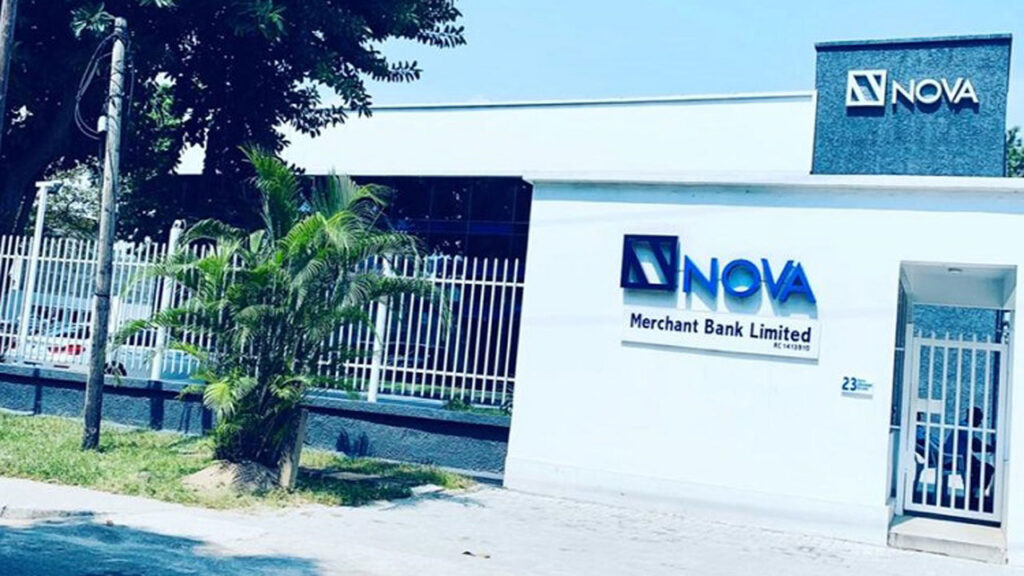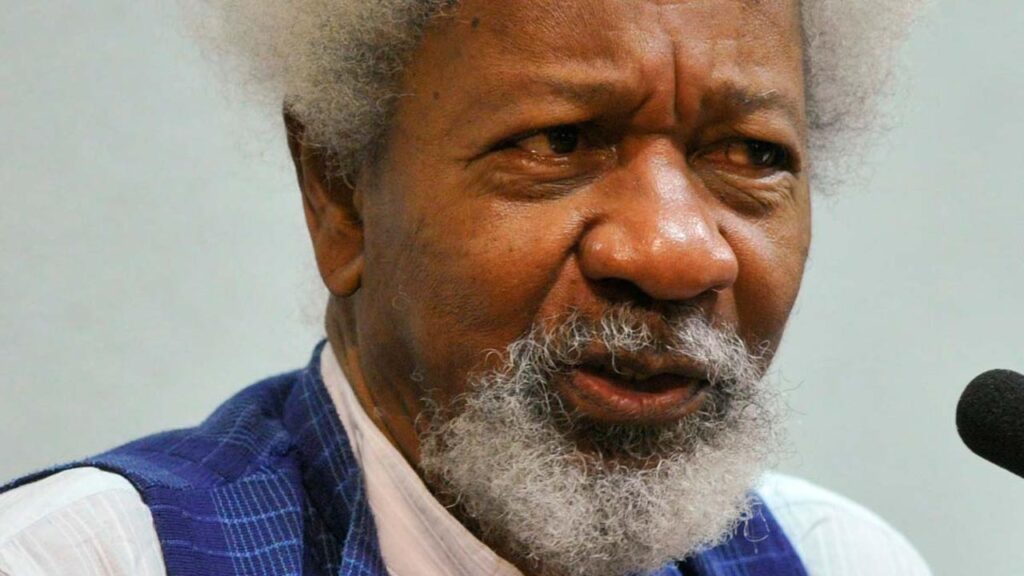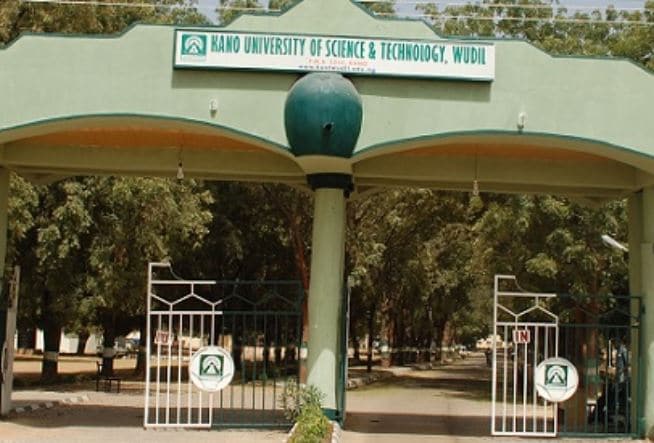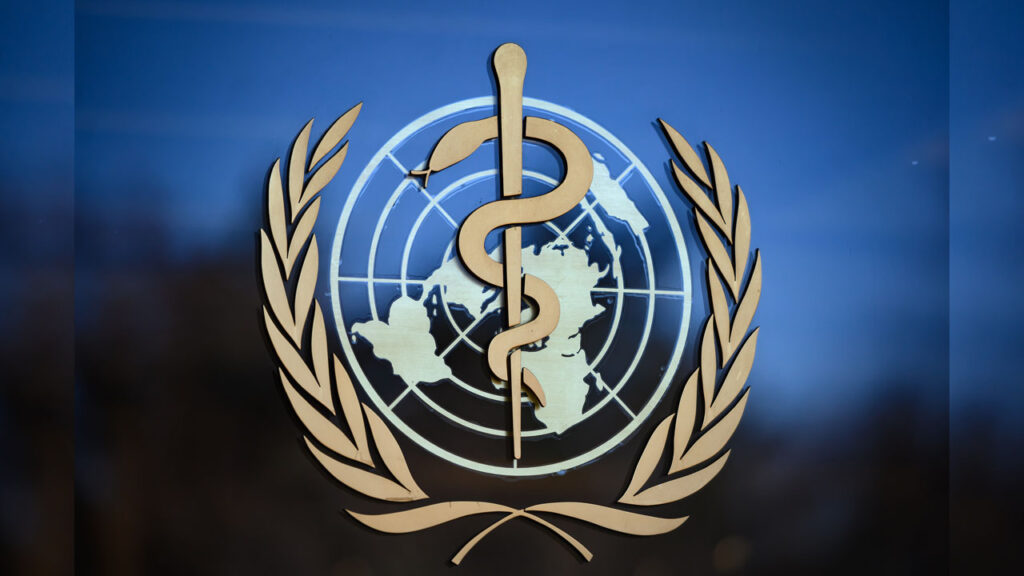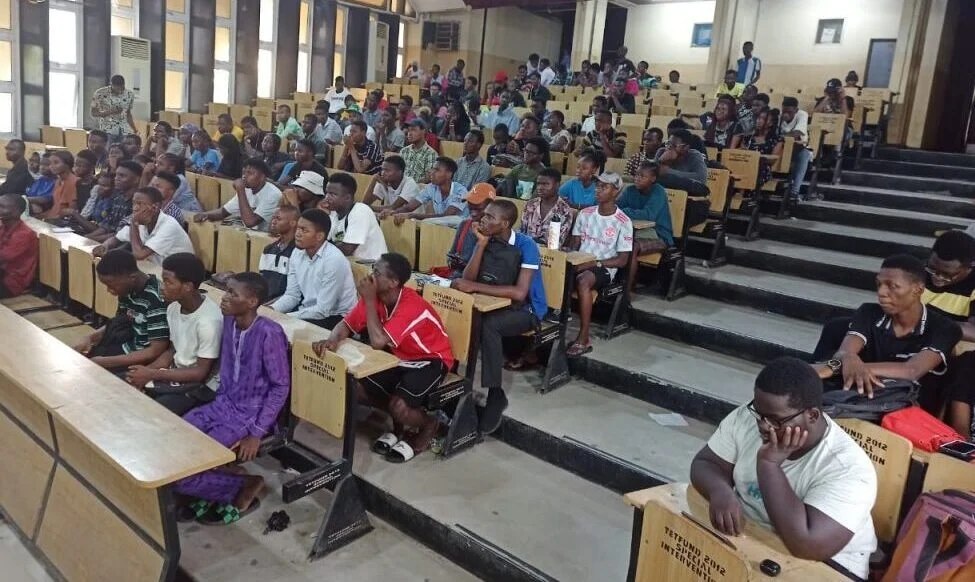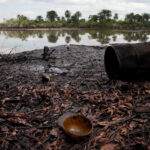
The Project Coordination Office (PCO) of the Hydrocarbon Pollution Remediation Project (HYPREP) has said that the cleanup of complex polluted sites in Ogoni land will begin in 2025.
HYPREP’s Project Coordinator, Prof. Nenibarini Zabbey, disclosed this, yesterday while leading a delegation of Belgian remediation firm, Haemers Technologies, led by its Chairman, Jan Haemers, to high-risk complex sites in Alode, Eleme Local Council of Rivers State.
Zabbey explained that high-risk complex sites are where the soil and groundwater were contaminated and located within residential areas, noting that the Ministry of Environment and HYPREP are determined to deploy the global best innovative technology in the project.
According to him, the one-year gap before the commencement of the actual cleanup of complex sites is imperative to enable a proper assessment and characterisation of the sites for proper scoping.
He said: “So, we have identified a couple of technologies, including Haemers, and we are asking them to come and do a comprehensive assessment of the complex sites to determine the extent of contamination, site characterisation and then come up with the fit-for-purpose technology. It could be a mix of technologies or a specific one.
“The site investigation will lead to a proper scoping of the work, and, hopefully, by this time next year, the actual remediation of the high-risk complex sites will start.”
Earlier, Haemers, who harped on the usage of local content, said that the remediation job would be done by the local people of Ogoni, while his company would only bring in the technology.
He explained: “I have been invited for the partnership to bring remediation technologies to this area, particularly in contaminated soil and groundwater remediation.
“We believe the pollution here is the same, as in other parts of Africa, and even North and South America. We would ensure most of the jobs are done by community people, while we bring in the technology.”


